
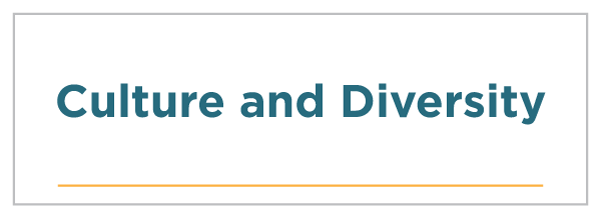 |
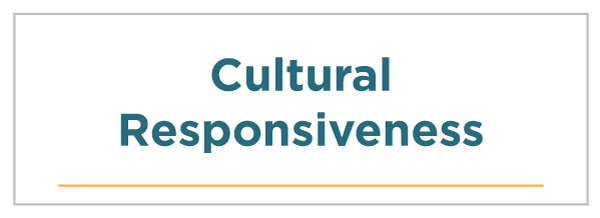 |
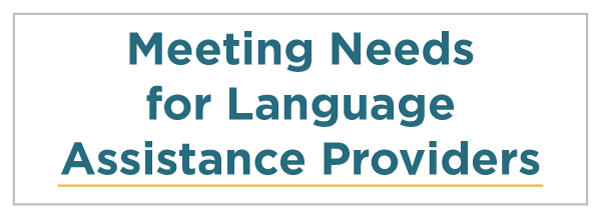 |
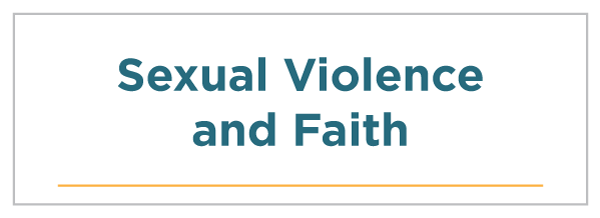 |
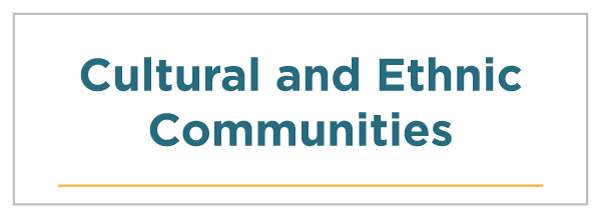 |
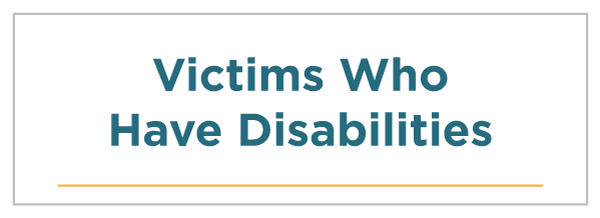 |
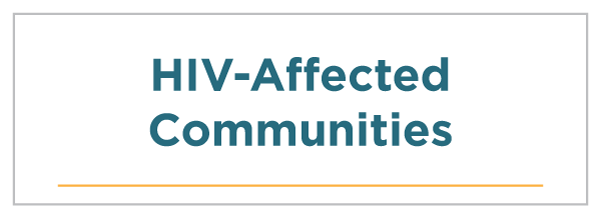 |
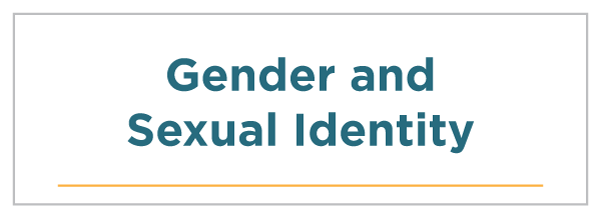 |
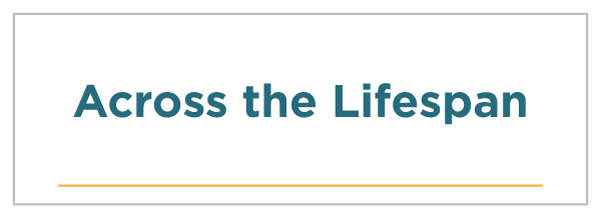 |
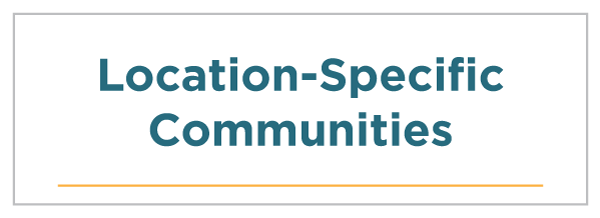 |
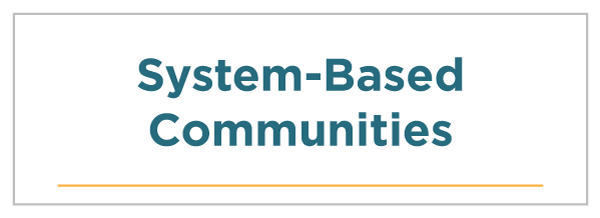 |
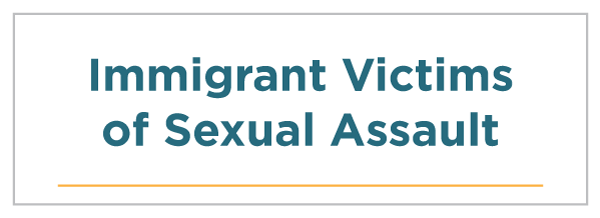 |
Culture and Diversity
Part of providing a victim-centered, trauma-informed response is serving the person reporting a crime as a unique individual with distinct cultural, language, and experiential perspectives and realities. Given the goal of SARTs to improve systems’ responses to sexual assault, all team members need to respect the culture and diversity of all victims. This requires SARTs to develop a system and structure to train and support service providers in working with victims from all communities and all cultures.
During a community needs assessment, SARTs can identify populations of victims that may not be served. Most SARTs begin by serving a specific sector of their community’s population. Exploring what populations are not accessing the services of the SART or team members’ agencies can help SART members understand barriers preventing the team from serving all victims.
First, SARTs can explore the concept of diversity as it relates to your community. Does your SART have a shared understanding of what diversity is? How do SART members define themselves based on culture, religion, language, geography, education, sexual orientation, wealth, housing status, mental health or history of trauma, personal history, or location in your community? What diversity do you see in the community?
Second, SART members can analyze their own work to identify inconsistencies in how team members approach diversity work. Do some SART members experience culture being used to keep power for or keep power from certain groups in the community? How have biases and power dynamics based on differences hindered the development of inclusive services? What can each member, and the SART as a team, do to improve understanding and respect for people of various cultures?
The most meaningful way for SARTs to provide culturally relevant services is to identify and establish relationships with organizations and individuals in their jurisdictions that represent all cultures, races, languages, sexual orientations, and gender identities. SART members can support each other in learning about other cultures, learning cultural responsiveness, and sharing spaces and the ability to be open to others who have a different cultural identity.
The SART Toolkit provides information that will be helpful to SARTs in addressing culture and diversity in the following ways:
- Information and examples are provided throughout the SART Toolkit to assist SARTs in understanding and partnering with local organizations to create or enhance meaningful services relevant to culture, religion, language, geography, education, sexual orientation, wealth, housing status, mental health or history of trauma, personal history, or location, with the goal of providing support for all victims.
- The Cultural Responsiveness section of the SART Toolkit provides resources on training to support SARTs as they engage and work with victims from all cultures. Using these principles, SARTs will increase their capacity to partner with communities and individuals who have different cultural identities.
- Individual sections of the SART Toolkit highlight specific populations. These sections aim to provide SARTs with information that may be relevant to working with some individuals who identify as part of these groups. This information will increase SARTs’ familiarity with concepts that may affect these populations, and improve access to organizations and resources specific to these populations. By no means are these sections an attempt to provide all the information possible on any community or individual. There is no substitute for asking each individual victim what their needs are and supporting that individual accordingly.
- The SART Toolkit includes a discussion of power dynamics and what that means for some victims in reporting, seeking services, receiving services, and interacting with the justice system. The discussion can help SARTs learn to address power dynamics in order to provide services to all victims of sexual assault.
- Information is provided on historical trauma, which may affect interactions between SARTs and diverse community groups.
Visit Think Cultural Health to review national standards on culturally and linguistically appropriate services (CLAS) and view your state’s efforts via an interactive Tracking CLAS Map.
Culture and Diversity Resources
A Conversation on Race (multimedia, various lengths)
The New York Times short films series about identity in America explains the importance of seeing people as individuals and not as defined by any specific attribute.
Cultural Competency (PDF, 4 pages)
This resource from the Wisconsin Coalition Against Sexual Assault discusses the role of cultural competency in victim services and explains how each discipline on a SART can show cultural competence.
Cultural Humility: People, Principles and Practices (multimedia, 29:28)
This documentary by San Francisco State professor Vivian Chávez mixes poetry with music, interviews, archival footage, and images of community, nature, and dance to explain what cultural humility is.
The Danger of the Single Story (multimedia, 19:16)
This TED Talk explores the multidimensional and unique characteristics that make up individuals’ lives and cultures. It also explores the importance of hearing and recognizing the diversity of individuals rather than defining individuals by the limited information we have about the groups to which they might belong.
Including Intersectional Identities: Guidance on Including Intersectional LGBTI People in Services (PDF, 36 pages)
This booklet by Equality Network is meant to help service providers understand intersectional identities (especially as they apply to lesbian, gay, bisexual, transgender, and intersex clients) and address intersecting forms of victimization in service provision.
| Back | Index | Next |
